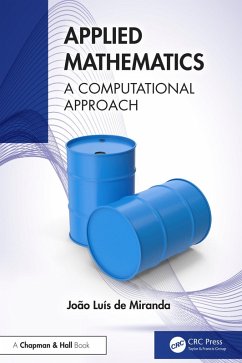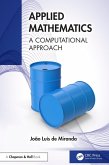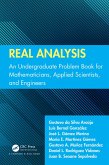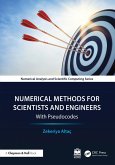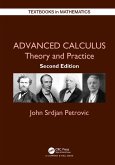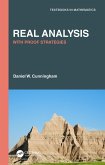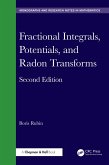Features
- Provides a step-by-step guide to the basics of Applied Mathematics with complementary computational tools
- Suitable for applied researchers from a wide range of STEM fields
- Minimal pre-requisites beyond a strong grasp of calculus.
Dieser Download kann aus rechtlichen Gründen nur mit Rechnungsadresse in A, B, BG, CY, CZ, D, DK, EW, E, FIN, F, GR, HR, H, IRL, I, LT, L, LR, M, NL, PL, P, R, S, SLO, SK ausgeliefert werden.
-Midwest Book Review

